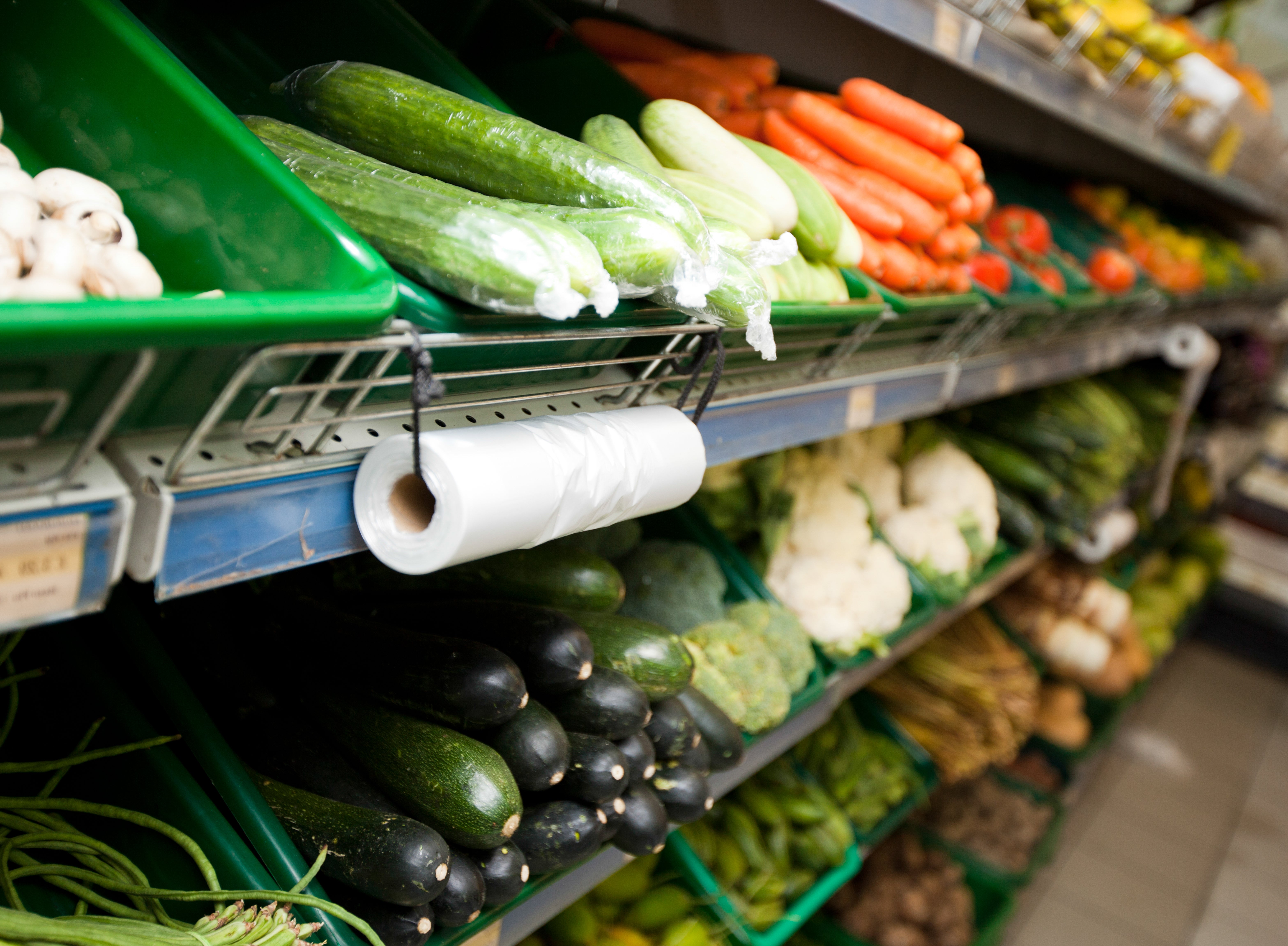Shoppers are poised to pay a heavy price for record food sales
News that food price inflation is currently running at 1.4 per cent lurks in Kantar’s regular grocery market update and Brexit could push that figure even higher, writes James Moore


Turns out that the supermarkets were smart to return the gains they made through the business rate holiday when they did last week.
Imagine how it would have looked if they were still holding the line after Kantar’s report of a 13.9 per cent surge in take-home sales during November – a month of lockdown and angst.
With eating out not an option, people bought in, much to the delight of their grocers’ finance departments.
The boom wasn’t quite so spectacular over the 12 weeks to 29 November when overall sales grew by 11.3 per cent. But that’s still in “sales windfall” territory and we all of us know what caused that windfall.
They have been paying a heavy price for the record number of sales the supermarkets have racked up and it’s getting heavier. Food price inflation came in at 1.4 per cent over the 12 weeks the new figures cover when compared to the same period last year.
These prices started to rise over the 12 weeks to 1 January 2017 and they’ve been on an upward curve ever since.
Kantar’s data shows that the average British household has spent a record £4,206 on groceries over the year so far. Let’s imagine a relatively modest increase in this amount, such as supermarket prices becoming 2 per cent higher this time next year. That would increase the total by £84.12 to £4,290.
Add another percentage point on to the food price inflation rate and you add £126.18 on to the bill, which becomes £4332 and change.
Can you see where this is going?
Food price inflation is poised to rise again and potentially by quite a bit. If there’s no Brexit deal, and the EU and UK impose reciprocal tariffs on each other’s imports/exports, that 1.4 per cent figure could start to look mild and an average grocery bill of £4,206 modest.
Even if a deal is reached, and I’m not terribly confident as things stand, there are likely to be blockages at ports and hold-ups at customs which will inevitably lead to shortages of certain products. Supply constraints inevitably lead to higher prices, leading to higher bills.
All of this is on the way at a time when large chunks of the public and private sector workforces are being hit by pay freezes –even cuts as well.
This brings us to the JAMS – the oft-discussed group of people who are “just about managing” per the acronym. It is impossible to say how many of them are going to turn into NAMAMs (not able to manage any more) right now. But it is clear that their numbers are poised to grow.
Yes it’s possible to mitigate the impact of food price inflation by steering your shop towards cheaper outlets, such as, say, an Aldi, and/or taking advantage of offers.
But I imagine a lot of the JAMS are already doing that, principally because they don’t have any choice but to.
“The other word on everybody’s lips at the moment is Brexit. Shoppers, retailers and suppliers will all be hoping that grocery price inflation, which is currently running at 1.4 per cent, remains relatively benign,” said Kantar’s Fraser McKevitt.
Indeed so because if it doesn't it could quickly get messy and the debate about sales surges, and business rate holidays, will swiftly get overtaken by the ongoing debate about rising food poverty.



Join our commenting forum
Join thought-provoking conversations, follow other Independent readers and see their replies
Comments